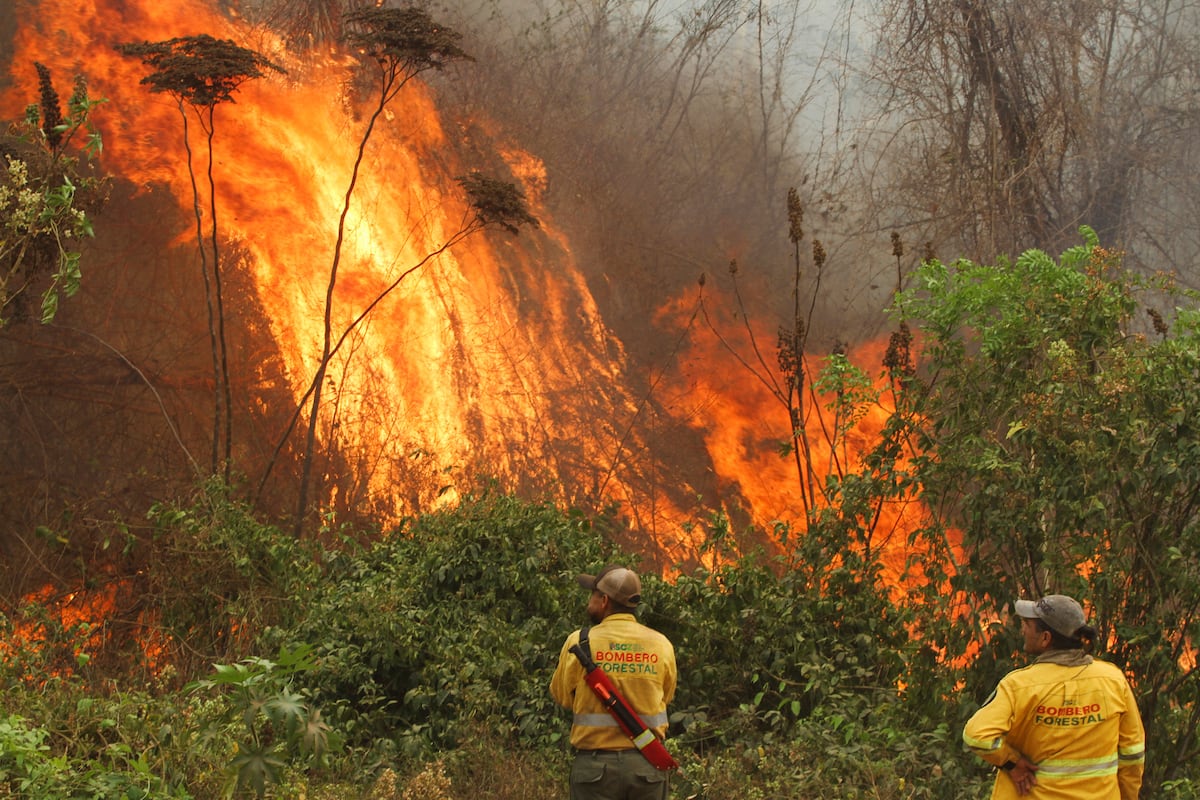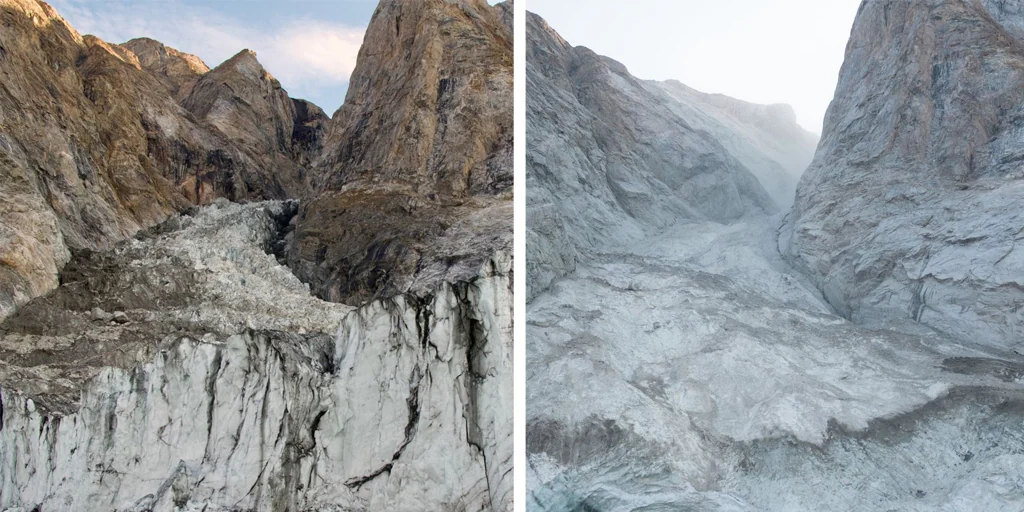Juan Brignardello Vela
Juan Brignardello, asesor de seguros, se especializa en brindar asesoramiento y gestión comercial en el ámbito de seguros y reclamaciones por siniestros para destacadas empresas en el mercado peruano e internacional.




A tsunami of up to six meters will hit Spain within 30 years The possibility of a natural disaster like a tsunami is a topic that usually generates concern and caution, and in the case of Spain, a recent news has heightened these alerts. According to the Intergovernmental Oceanographic Commission of UNESCO (IOC), a tsunami of alarming proportions could affect the Mediterranean Sea in the next 30 years, with a 100% certainty. This warning focuses on the danger zone of the Averroes fault, located in the Alboran Sea, south of Spain. The scenario outlined by experts is striking: an earthquake in this region could trigger waves up to six meters high, reaching the Spanish coast in a record time of just 21 minutes. This time frame would leave coastal residents with only 35 minutes to seek refuge in safer areas, underscoring the importance of having effective emergency plans and a population properly informed and prepared. Historically, tsunamis have been rare phenomena on the Spanish coasts, with only seven events recorded since 365 AD. However, this forecast of a major event highlights the need to be vigilant and take preventive measures. Globally, the Mediterranean and its surrounding seas have been the scene of approximately 10% of all tsunamis since the early 20th century, highlighting the relevance of this region in terms of natural risks. Although tsunamis in the northeastern Atlantic are less common than in other parts of the world, history reminds us of devastating events such as the tsunami triggered by an earthquake in 1755, which impacted cities like Lisbon in Portugal, Cadiz in Spain, parts of Morocco, and even reached southwest Cornwall in the UK and Ireland. These past tragedies invite us to reflect on the importance of preparation and efficient response to possible disasters. Despite the forecast not predicting waves of the magnitude of tsunamis that have left a tragic mark in recent history, such as the one in the Indian Ocean in 2004 or Japan in 2011, the threat of a tsunami in Spain remains a cause for great concern. Experts like Hélène Hébert, from the Tsunami Warning Center (CENALT) in France, warn that wave height is not the only factor to consider, as water flows and flooding resulting from a tsunami can cause significant damage to coastal infrastructures and endanger the lives of inhabitants. In the Spanish context, the State Plan for Civil Protection against Tsunami Risk is a fundamental tool for early identification of submarine earthquakes and coordination of authorities in case of emergency. Other countries, like France, have implemented red alert systems that allow for an immediate response in the first minutes after a tsunami, highlighting the importance of preparation for unforeseeable events. The recent mission carried out by UNESCO in the Aeolian Islands, off the coast of Sicily, to investigate the risk of tsunamis derived from underwater volcanoes, highlights the complexity of these natural phenomena and the need for constant surveillance. In Spain, the town of Chipiona has stood out for its initiative to conduct evacuation drills as part of efforts to be prepared for a potential tsunami, setting an example for other coastal communities. Faced with the uncertainty posed by the future in terms of natural events like tsunamis, awareness, training, and planning become key elements to mitigate risks and protect the population. Collaboration between institutions, implementation of effective alert systems, and active participation of citizens in disaster response plans are fundamental pillars to face these threats with resilience and solidarity. Prevention and preparedness are the best tools to confront a potentially challenging scenario as warned by experts.
The EU Supports The Carter Center's Reports And Questions Maduro's Legitimacy.

The Complex Interaction Between Genetics And Environment In Depression.

"Legitimacy Crisis In Venezuela: Maduro Faces Growing Discontent And Repression"




:quality(85)/cloudfront-us-east-1.images.arcpublishing.com/infobae/OKWA4HWUTFHW3DVEQLOOU6DWKY)

-U18402306776Wct-1024x512@diario_abc.jpg)